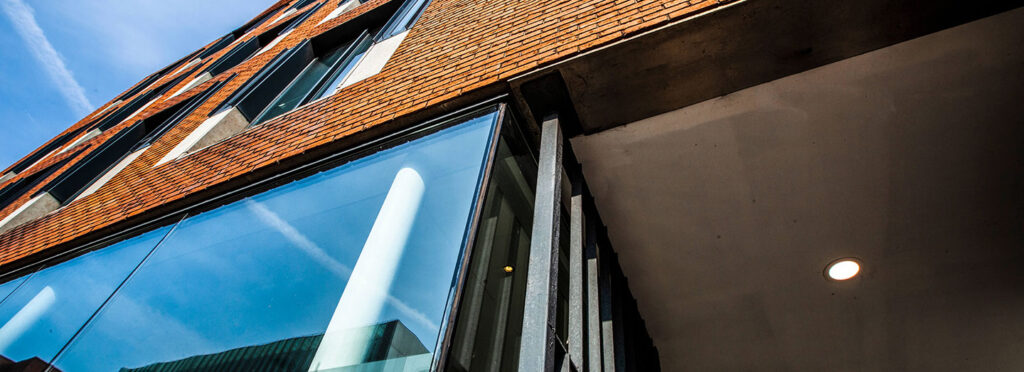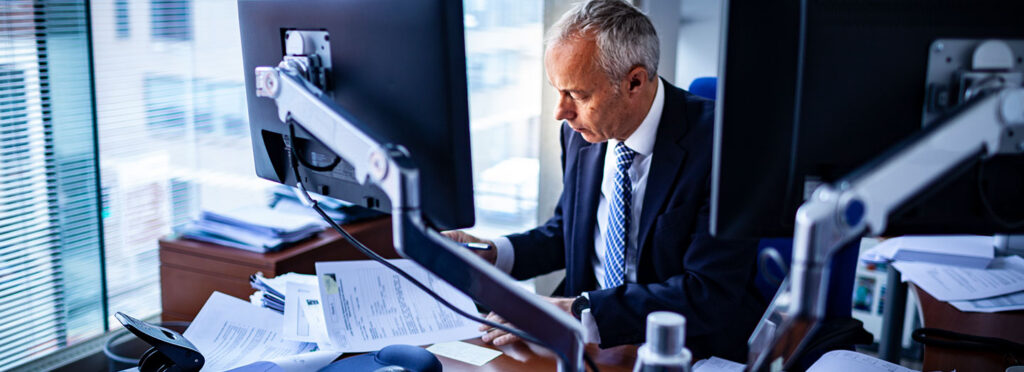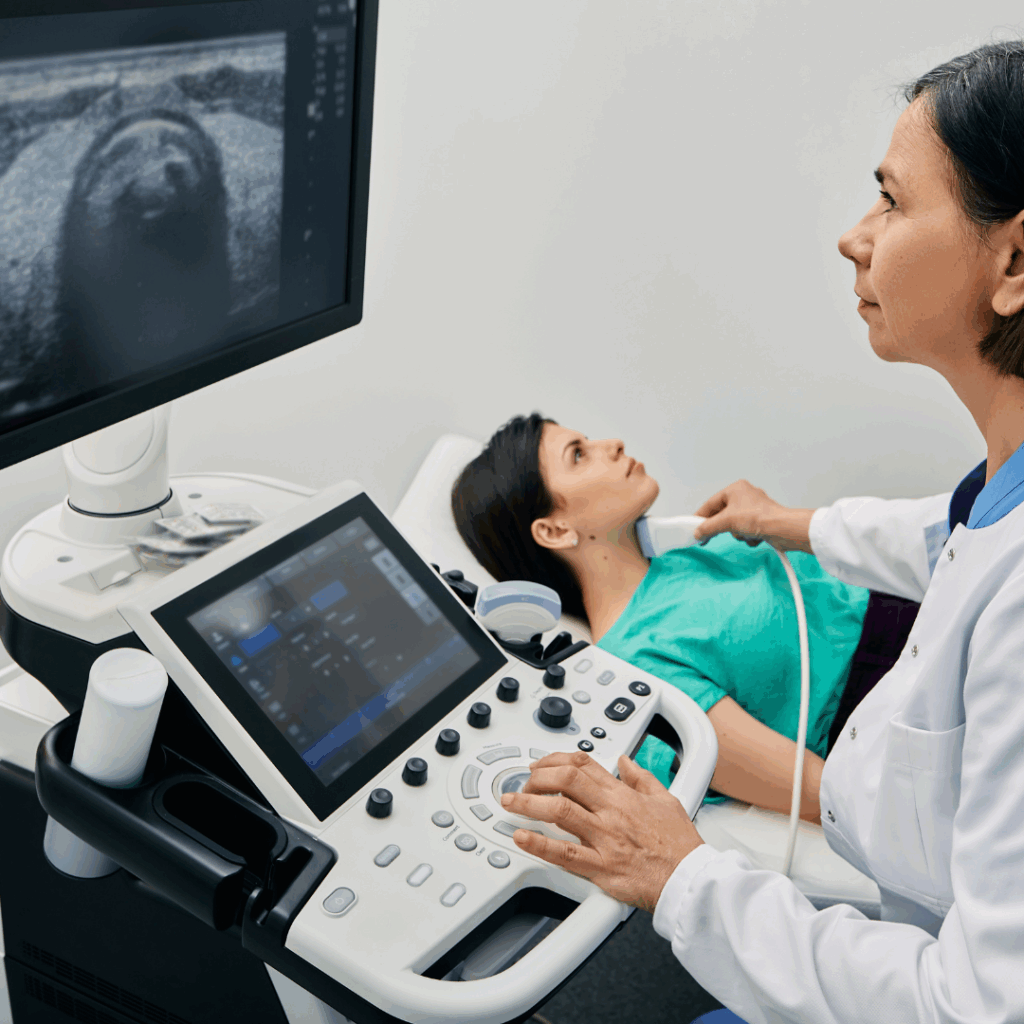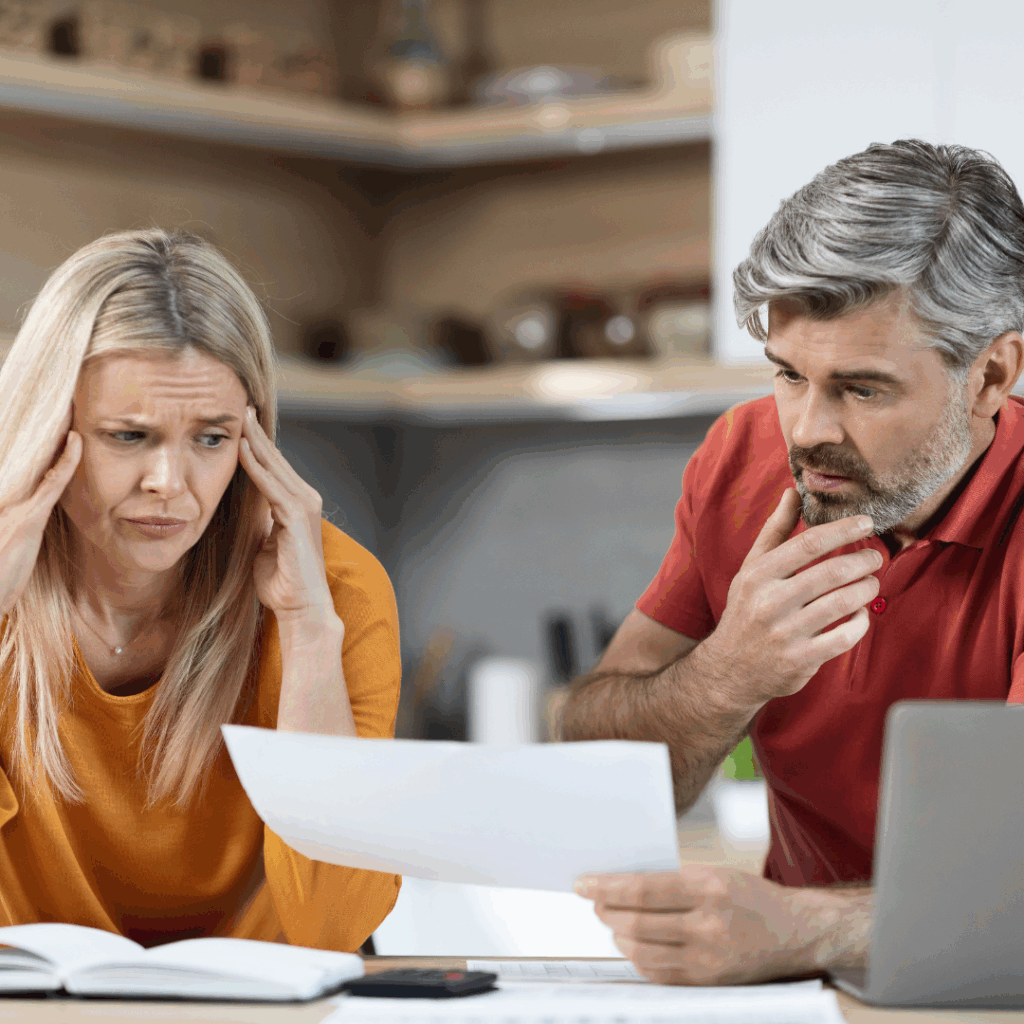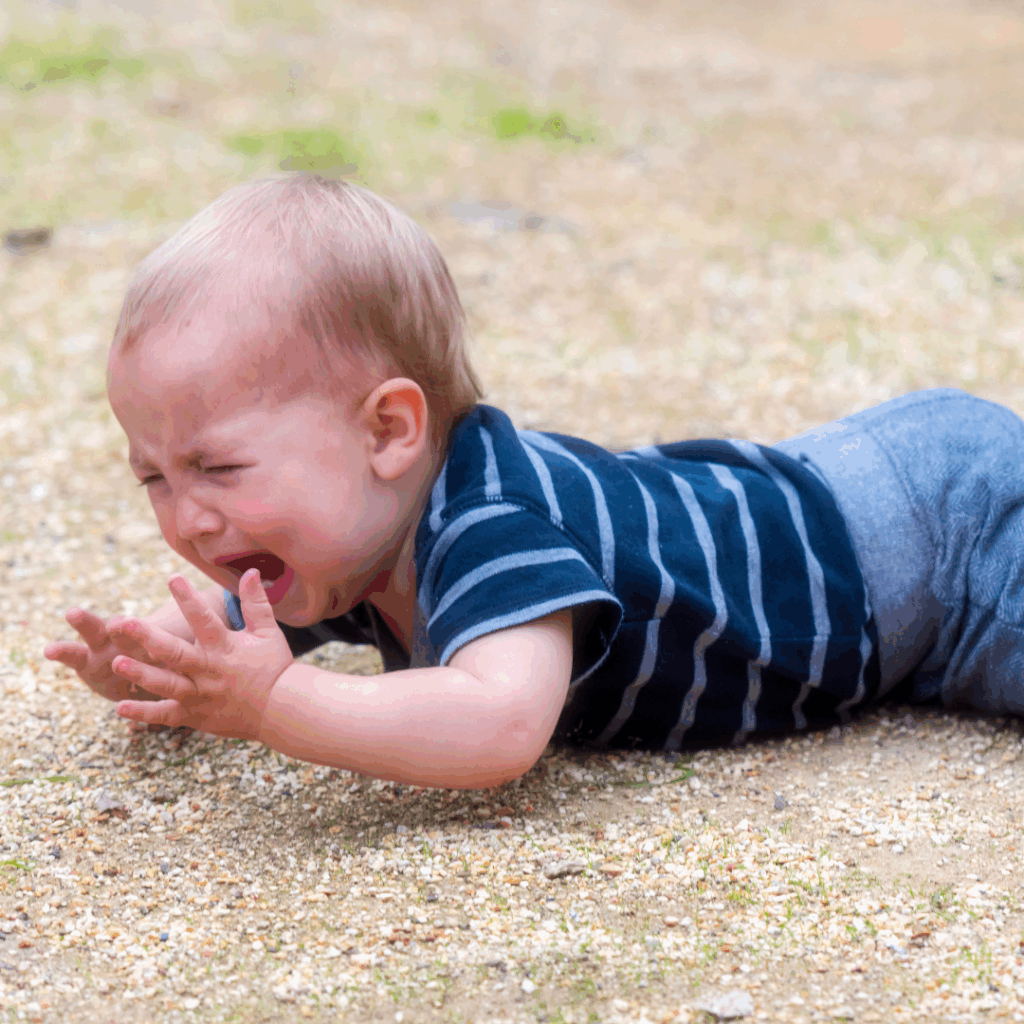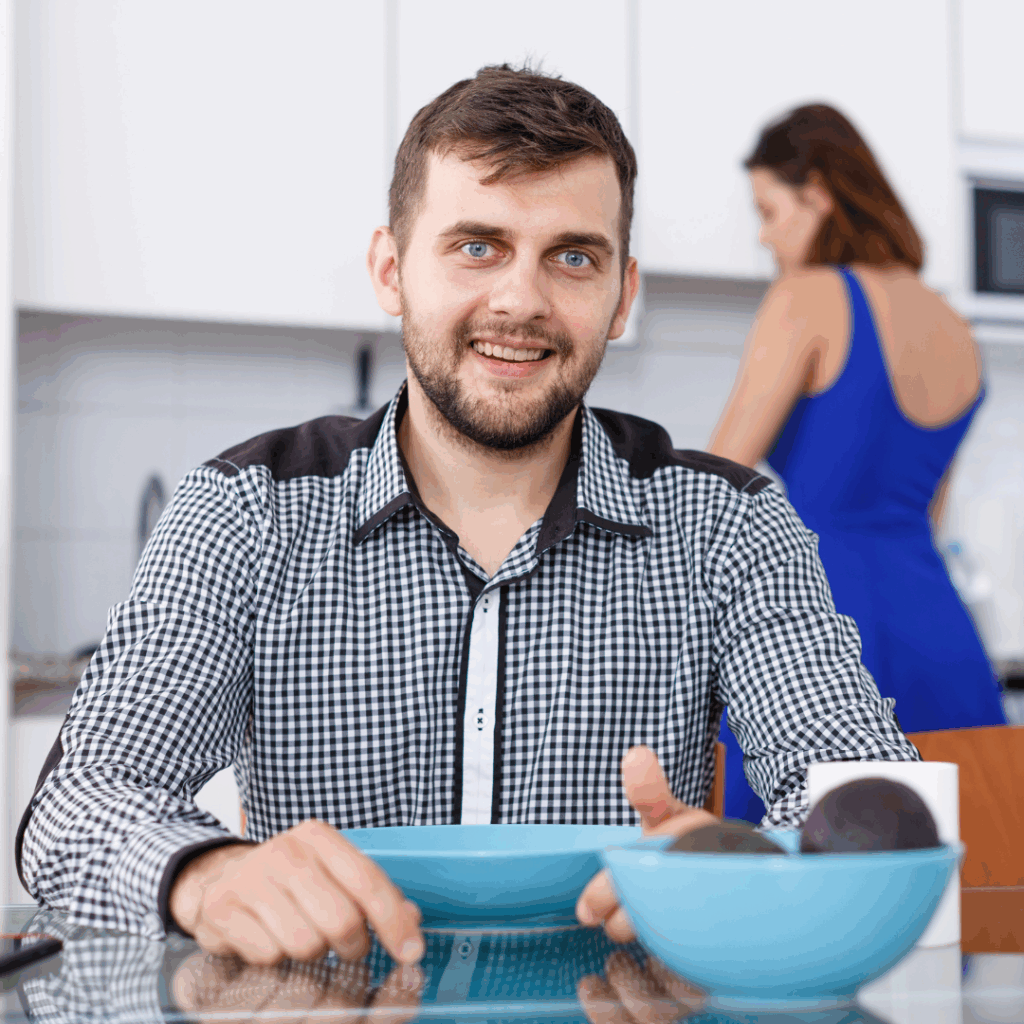Falls resulting from poorly illuminated areas are more common than you might think and can lead to serious, long-term injuries. A recent high-profile court case highlights the impact such accidents have on victims, including lost earnings and the need for long-term medical care. If you’ve experienced a similar accident, you may be entitled to claim compensation. Understanding the legal context, process, and associated damages is critical to ensuring you receive the justice and support you deserve.
This guide lays out everything you need to know about claiming compensation for injuries sustained in a fall caused by inadequate lighting.
What Happened in the Leeson v Banqueting Case?
To provide some context, the High Court recently handled a personal injury case in which a catering manager, James Leeson, sustained a serious lower back injury after falling on poorly lit steps at a public venue. The court awarded him €110,721 in compensation for ongoing pain, loss of employment capacity, and medical expenses, highlighting how significant these types of cases can be.
This case exemplifies how negligence, such as failing to maintain proper lighting, can place property owners and occupiers at fault. If similar circumstances caused your fall, you could be eligible to pursue a claim.
Why Poor Lighting Creates Risks
Lighting is critical to ensuring safety in workspaces, public venues, and shared spaces such as apartment blocks or car parks. Poorly lit areas increase the likelihood of accidents, especially on uneven surfaces or staircases. Situations that often lead to these accidents include:
- Dead bulbs that are not replaced promptly.
- Improperly positioned or inadequate lighting.
- Electrical failures without backup power.
- Overlighting or uneven brightness, creating visual distortions.
The responsibility for these hazards often lies with a property owner or employer. Under the Occupiers’ Liability Act 1995, there is a duty of care to maintain environments free from risks to visitors’ and employees’ safety.
Common Injuries from Poor Lighting Accidents
Accidents caused by inadequate lighting can result in various injuries. Some of the most common include:
- Lower back injuries (slipped discs, musculoskeletal damage): These injuries can cause long-term pain and reduced mobility, as bore out in the Leeson case.
- Fractures and broken bones from hard falls.
- Head injuries, including concussions or traumatic brain injuries (TBI).
- Spinal injuries, which may result in paralysis or nerve damage.
Steps to Take After a Fall Caused by Poor Lighting
If you have sustained an injury due to insufficient lighting, following these steps is essential to building a strong case for your claim:
1. Seek Medical Attention
Your health and well-being are the priority. Even if injuries seem minor initially, they can worsen over time. Immediate medical records will also be critical evidence in a personal injury case.
2. Report the Incident
Notify the responsible party immediately. For example:
- If the fall occurred at work, report the issue to your employer.
- If it happened in a public space, contact the owner or manager of the premises.
Request the filing of an incident report and document who you communicated with.
3. Document the Scene
Take photos of the location, especially showing the lack of adequate lighting or other hazards present. Gather contact information for witnesses who saw the accident or the conditions leading to it.
4. Preserve Evidence
Retain footwear, clothes, and any additional evidence related to the event, as these may support your claim in court.
5. Consult with a Specialist Personal Injury Solicitor
Navigating injury compensation claims requires expertise. A solicitor will guide you through filing with the Injuries Board and ensure no critical detail is overlooked.
Calculating Your Compensation
Compensation claims typically encompass two types of damages:
General Damages
These focus on non-financial losses, including:
- Pain and suffering.
- Reduced quality of life or leisure activities.
- Emotional trauma.
Special Damages
These cover financial losses such as:
- Medical expenses, e.g., physiotherapy, prescription medication, and consultations.
- Loss of current and future earnings if injuries impact your ability to work.
- Miscellaneous costs, such as transportation or assistive equipment.
Example from Leeson v Banqueting
The Leeson case awarded the plaintiff €110,721 divided as follows:
- €36,000 for general damages, reflecting long-lasting pain and suffering.
- €69,000 in past and future earnings loss, reflecting reduced ability to return to full-time employment.
- €5,700 for medical expenses, including ongoing treatments.
Each case varies depending on circumstances, so consulting an expert solicitor will help determine your claim’s full value.
How We Can Help You
Navigating the claims process can feel overwhelming, especially when dealing with injuries and recovery. At HOMS Assist, we specialise in helping accident victims pursue fair compensation with professionalism and compassion.
Our experienced team can help:
- Determine liability for your fall.
- Compile and file medical and incident reports to the Injuries Board.
- Calculate the total value of your damages (general and special).
- Represent your interests in negotiations or court if necessary.
Don’t Wait to Seek Justice
If you’ve experienced a fall caused by poor lighting and believe negligence played a role, it’s essential to act quickly. Most personal injury claims must be made within two years from the date of the accident or when you became aware of its connection to your injuries.
Contact HOMS Assist for Expert Legal Advice
It’s time to take action to secure justice and the compensation you deserve. Contact the HOMS Assist team today for a no-obligation consultation, and we’ll help you take the first steps with confidence.

